Category: Heart
-
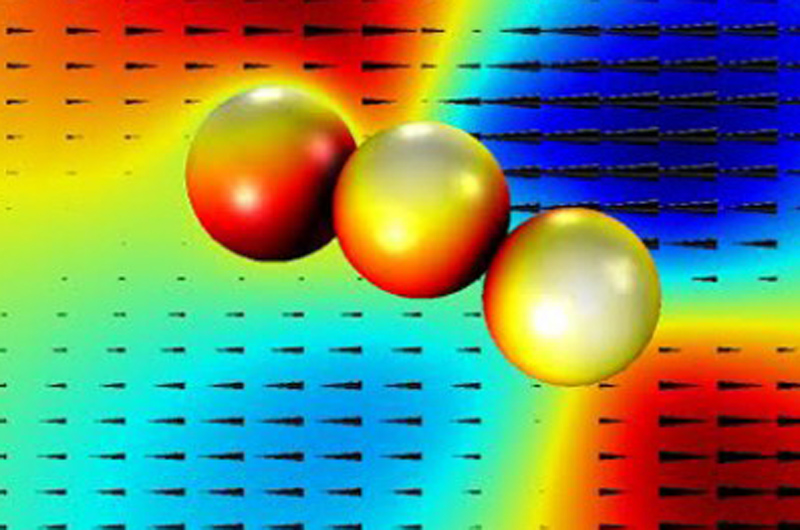
“Microswimmer” robots clear arteries intravenously
Drexel and Daegu Gyeongbuk Institute researchers are developing microscopic, magnetic, robotic beads that will allow physicians to clear blocked arteries intravenously. MinJun Kim leads the team investigating the chains of iron oxide beads, which are linked together via chemical bonds and magnetic force. The chains are small enough to navigate in the bloodstream, and are…
-
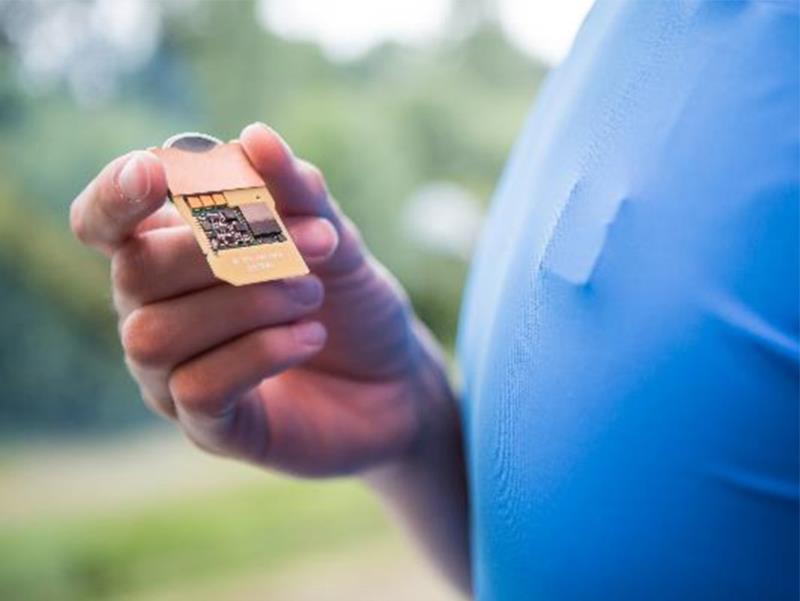
Heart monitoring t-shirt
Imec and Holst Centre researchers have developed a smart t-shirt that monitors heart rate, heart rate variability, activities performed and calories burned. The data is shared via the cloud to a user or doctor’s phone, tablet or computer. The fabric contains miniaturized electronic modules with high accuracy and ultra-low power multi-sensor data acquisition chips. Processing, battery…
-
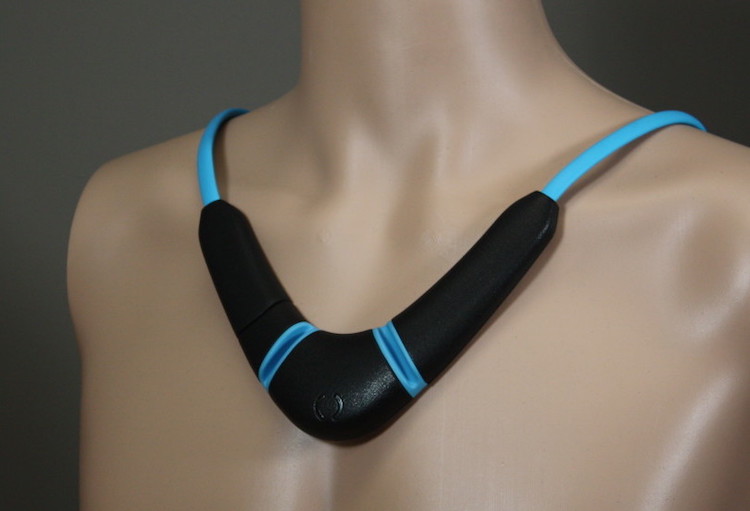
Necklace, scale, cuff to monitor vitals, help manage CHF
toSenses‘s CoVa necklace, and prototype floor pad and cuff/handle combination, measure pulse oximetry, heart rate, blood pressure, respiration rate and temperature. The various forms of monitoring are meant to improve compliance and ease of use. CoVa has received FDA clearance, and is primarily used as a congestive heart failure alert/management system. The scale-like pad uses bioimpedance…
-
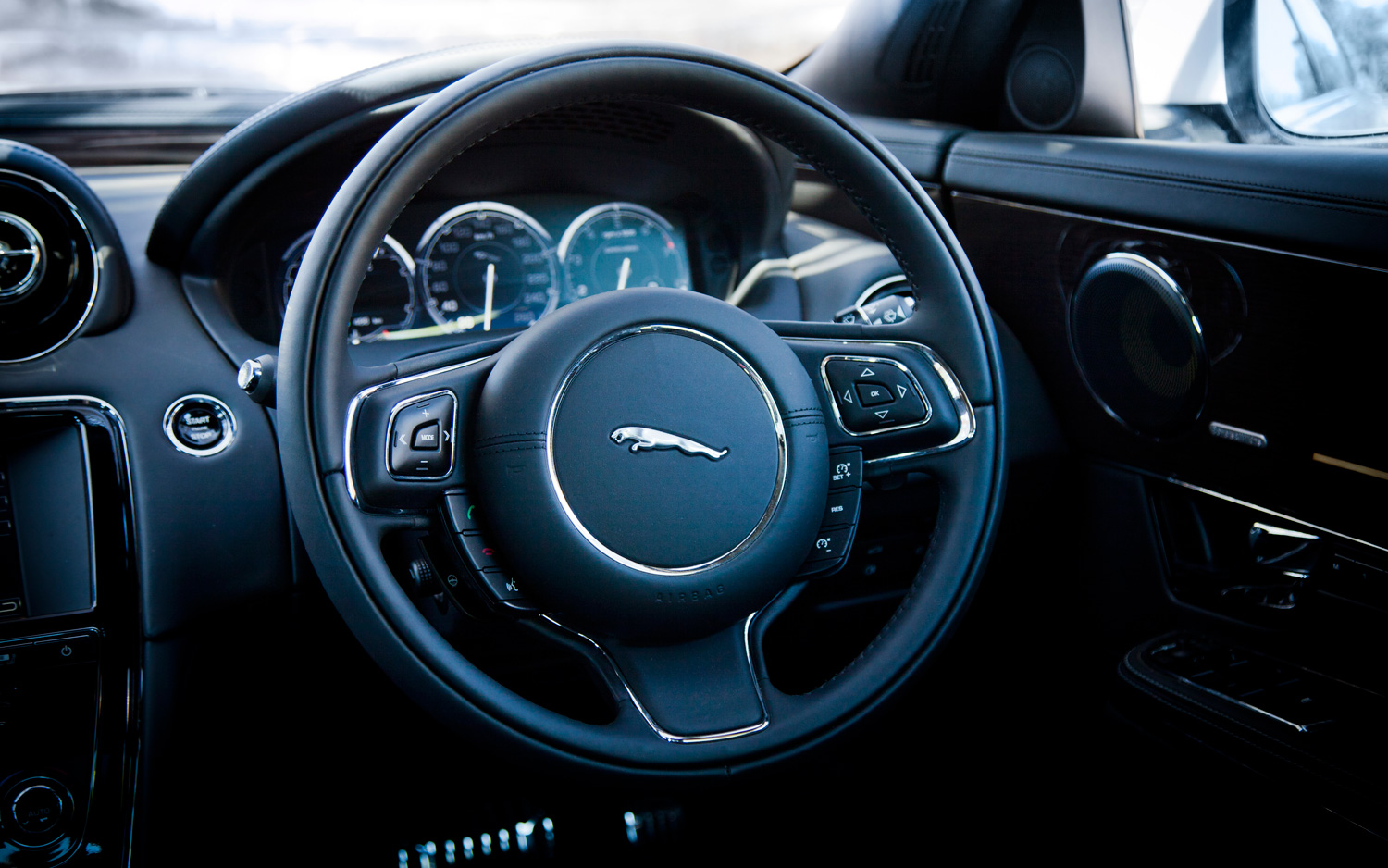
Car-based heart, brain activity monitoring
“Sixth Sense” by Jaguar/LandRover attempts to monitor a driver’s heart rate, respiration and brain activity to identify stress, fatigue and lack of concentration. The XJ “wellness seat” analyzes heart rate and breathing, has touchscreens that predict which button a user wants to press with fingers mid-air, and has a vibrating accelerator pedal that communicates hazards.…
-
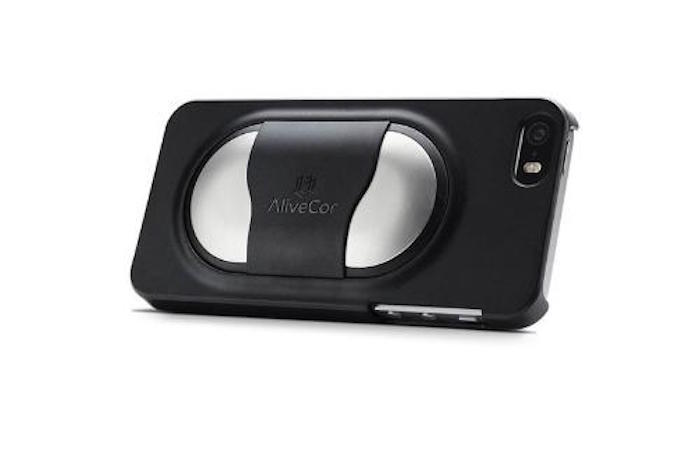
Phone ECG detects irregular heartbeat
USC‘s Leslie Saxon has released a study showing that smartphone ECG sensors can detect atrial fibrillation in the general population. 865 participants were given AliveCor enabled smartphone ECG sensors. 57,703 thirty-second ECGs were recorded and wirelessly transmitted to the cloud via an acquisition and interpretation app. AF was detected in 185 recordings from 93 participants. After…
-
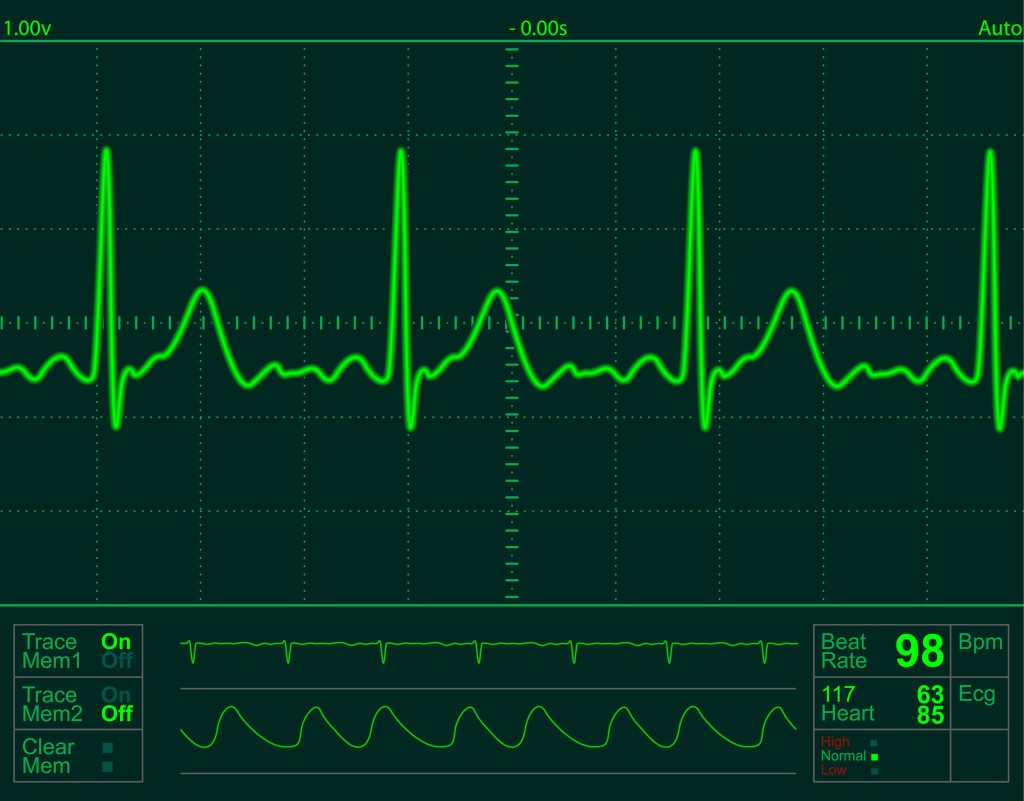
Heart rate as diabetes marker
Wearables can effectively monitor heart rate. A recent study shows a new use for this data – predicting diabetes. Penn State‘s Xiang Gao observed an association between faster heart rates and an increased risk of developing diabetes in 73,357 Chinese adults. In the same population, faster heart rates were also associated with impaired fasting glucose levels and…
-
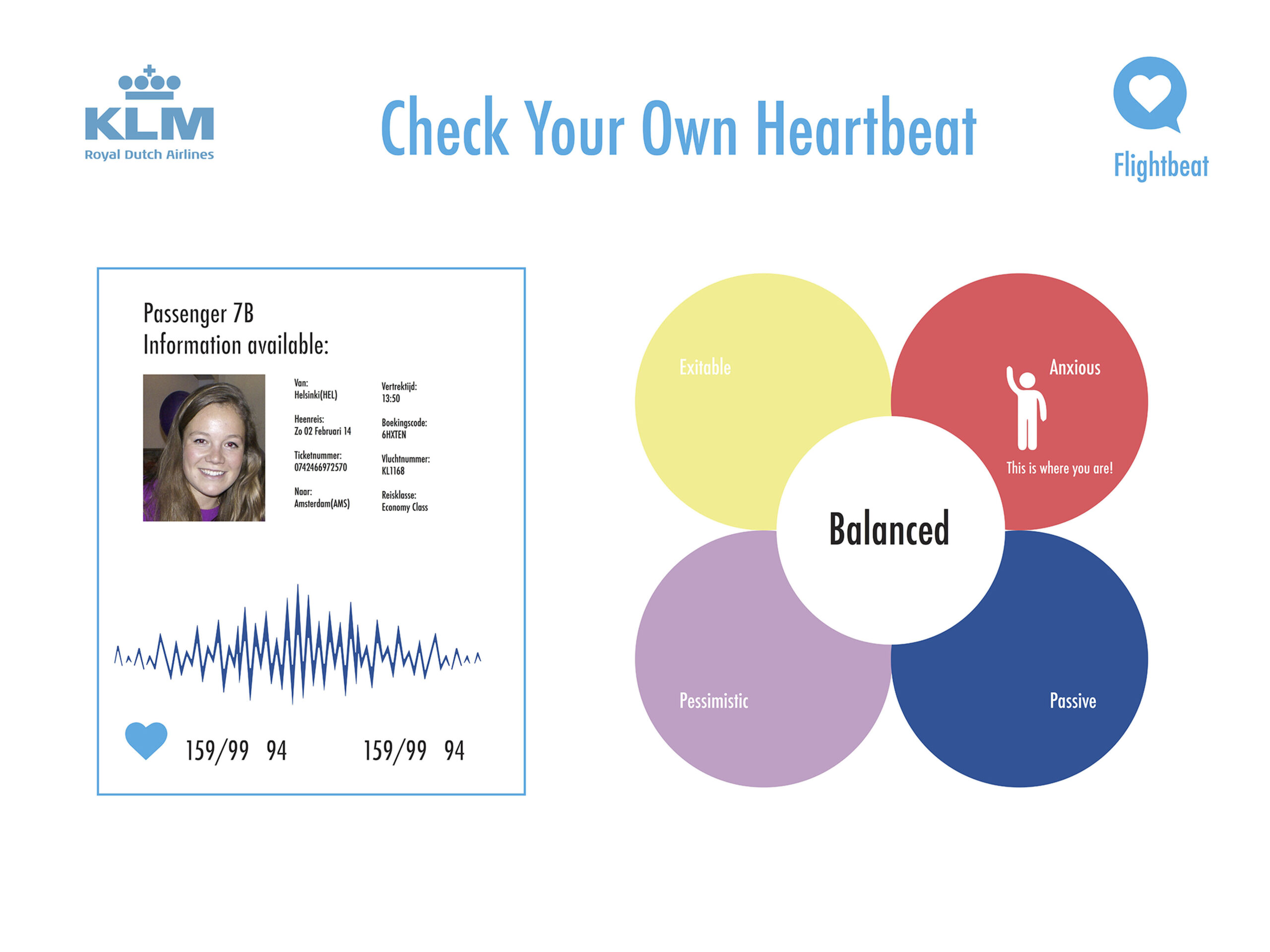
Airplane seat sensors monitor physical, emotional states
FlightBeat, designed by TU Delft students, uses airplane seat integrated heart rate sensors to monitor the physical and emotional state of passengers. Data is transmitted wirelessly to the crew, and presented on a color-coded seat map showing which passengers need attention. Health information can also be sent to physicians or family members on the ground. The goal…
-
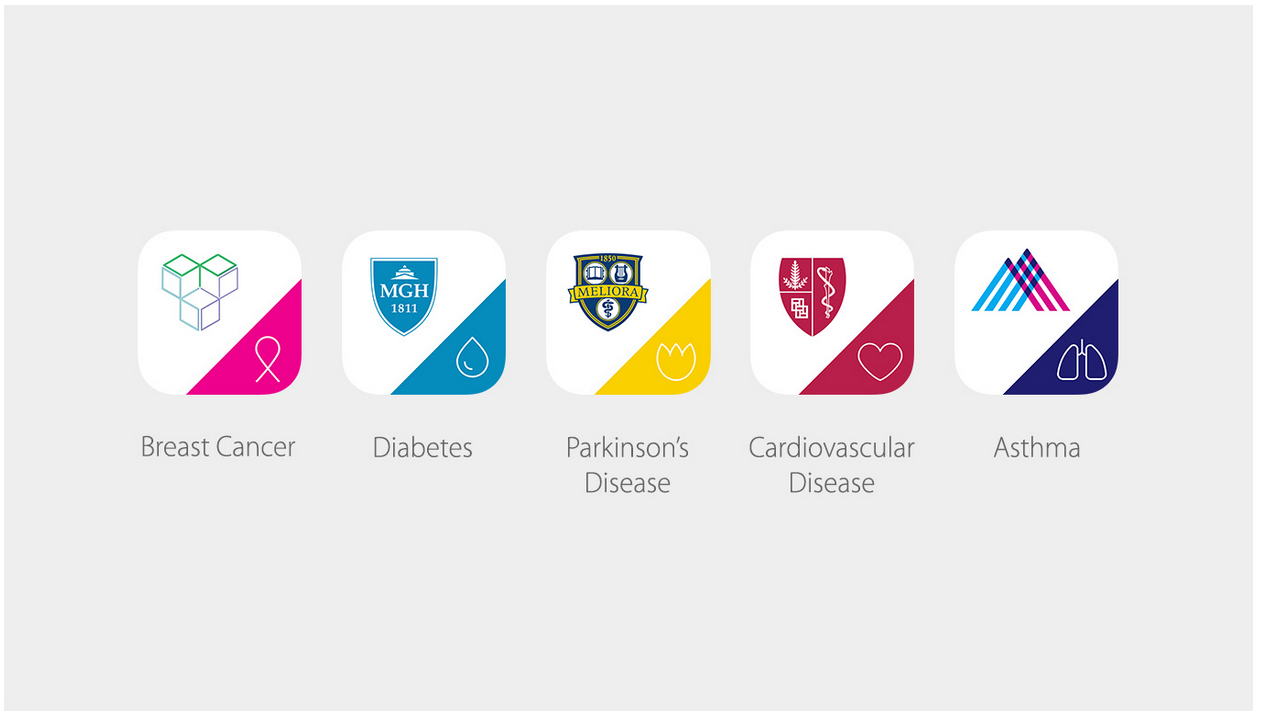
ResearchKit can simplify, improve diagnostics
As a company devoted to improving the human condition through health innovation, ApplySci was delighted to hear yesterday’s ResearchKit announcement. The framework allows people to easily join health studies, and simplifies the process by bringing research to one’s phone. ResearchKit’s first tests detect Parkinson’s disease, diabetes, cardiovascular disease, asthma, and breast cancer. Apple worked with 12 institutions to…
-
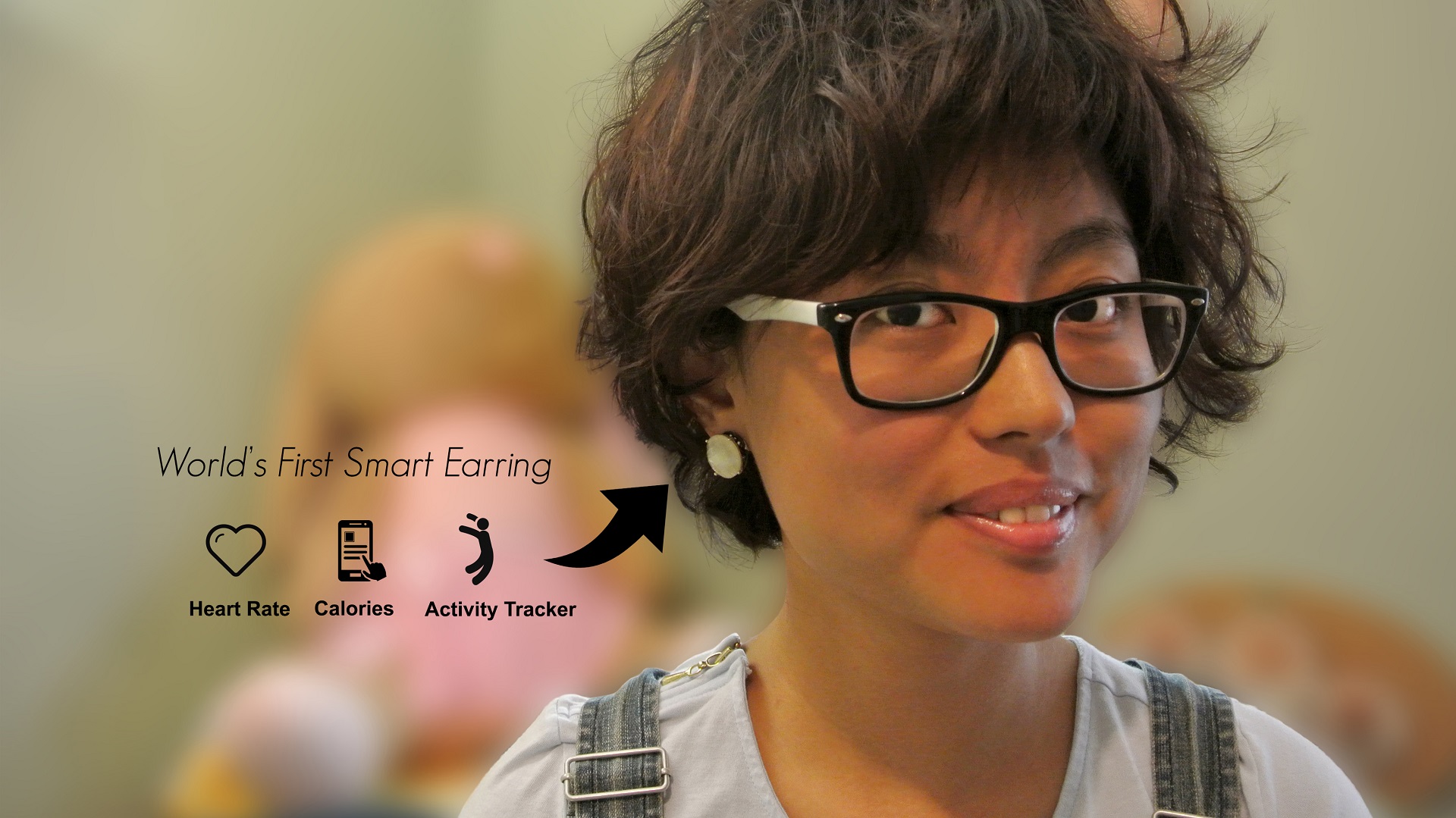
Smart earring monitors heart rate, calories, activity
Ear-o-smart is a crowdfunded smart earring that monitors heart rate, calories, and activity level. Its sensor is combined with a changeable earring. Its app, via voice instruction, tells wearers to speed up or slow down based on heart rate data. The tiny wearable was created by minimizing PPG Technology and Bluetooth data transfer. PPG…
-
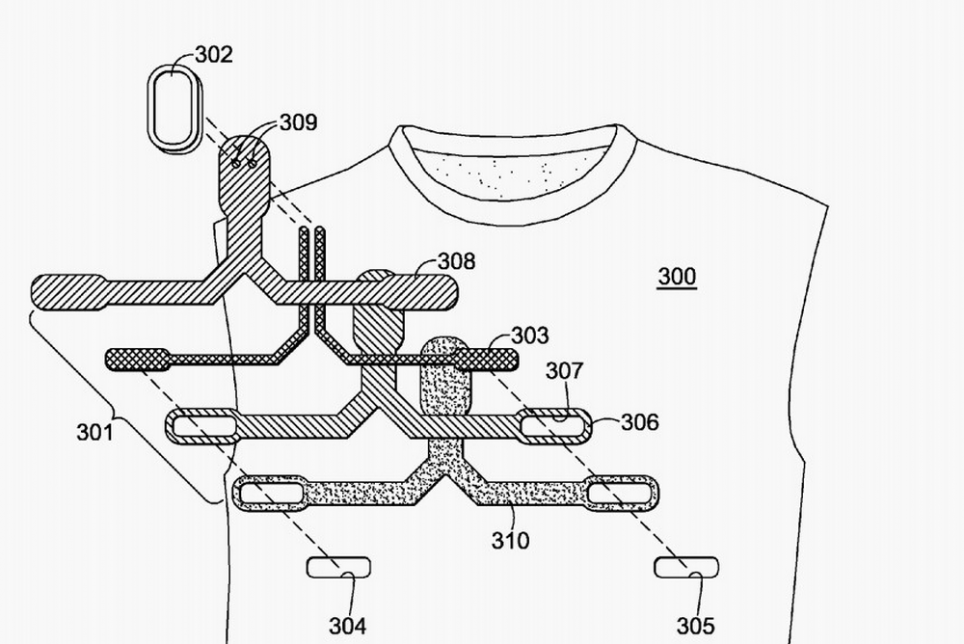
Multiple measurements, including blood pressure, from shirt sensor insert
Nike was recently awarded a patent for a skin-touching sensor system that can be inserted into a shirt. It can measure heart rate, blood pressure, hydration, and skin temperature, and transmit the data over radio frequencies, Bluetooth and WiFi. If it works, the ability measure blood pressure from shirt sensors, combined with other vital signs, is…
-
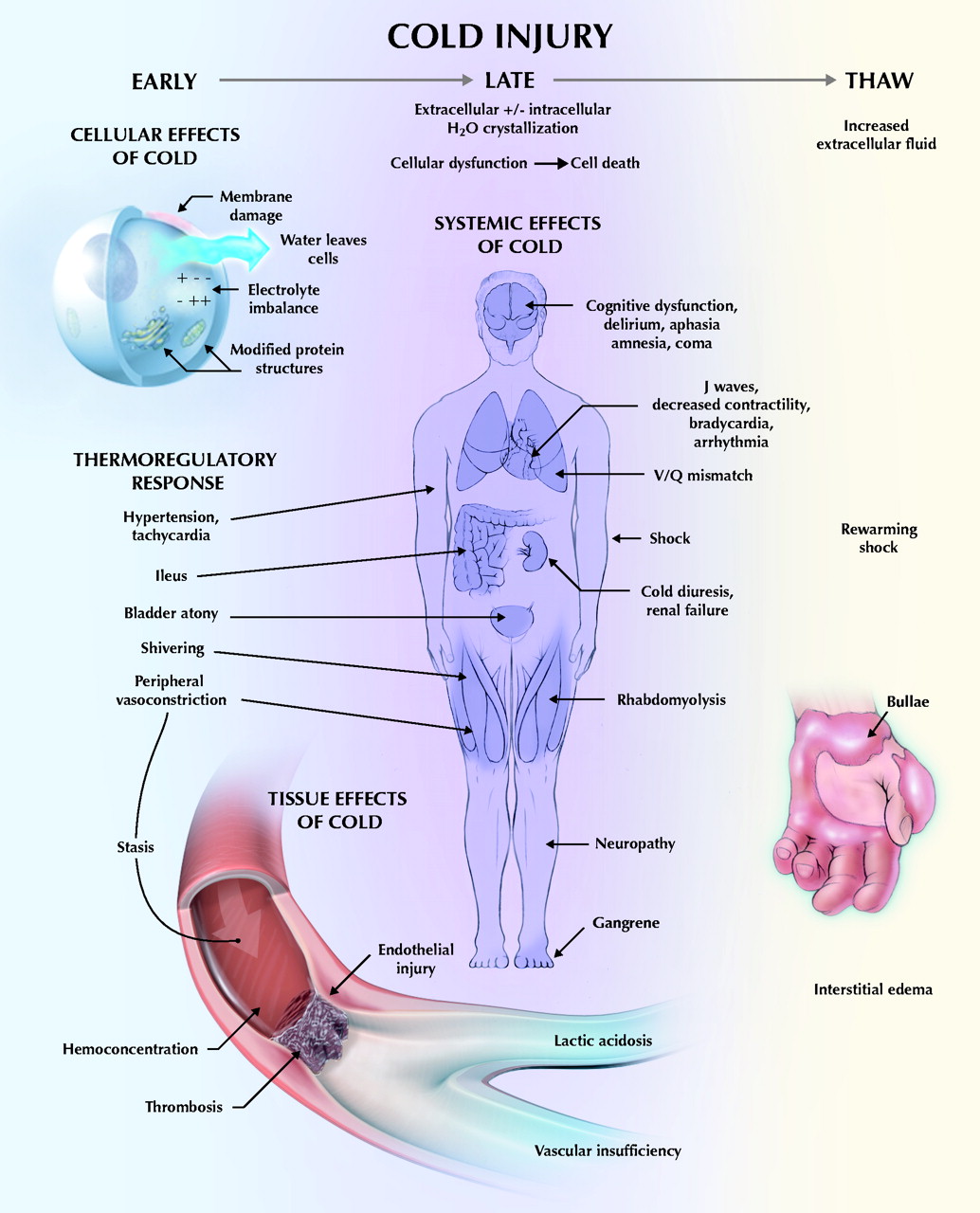
Body’s cold sensor could treat hypothermia, heart failure
A cold “sensor” that triggers the skin’s vascular response could treat frostbite, hypothermia, and vascular diseases, according to a study published by King’s College London. The research focuses on the role TRPA1 plays in the narrowing and widening of blood vessels to retain body heat. It could enable treatments that limit the effects of exposure…
-
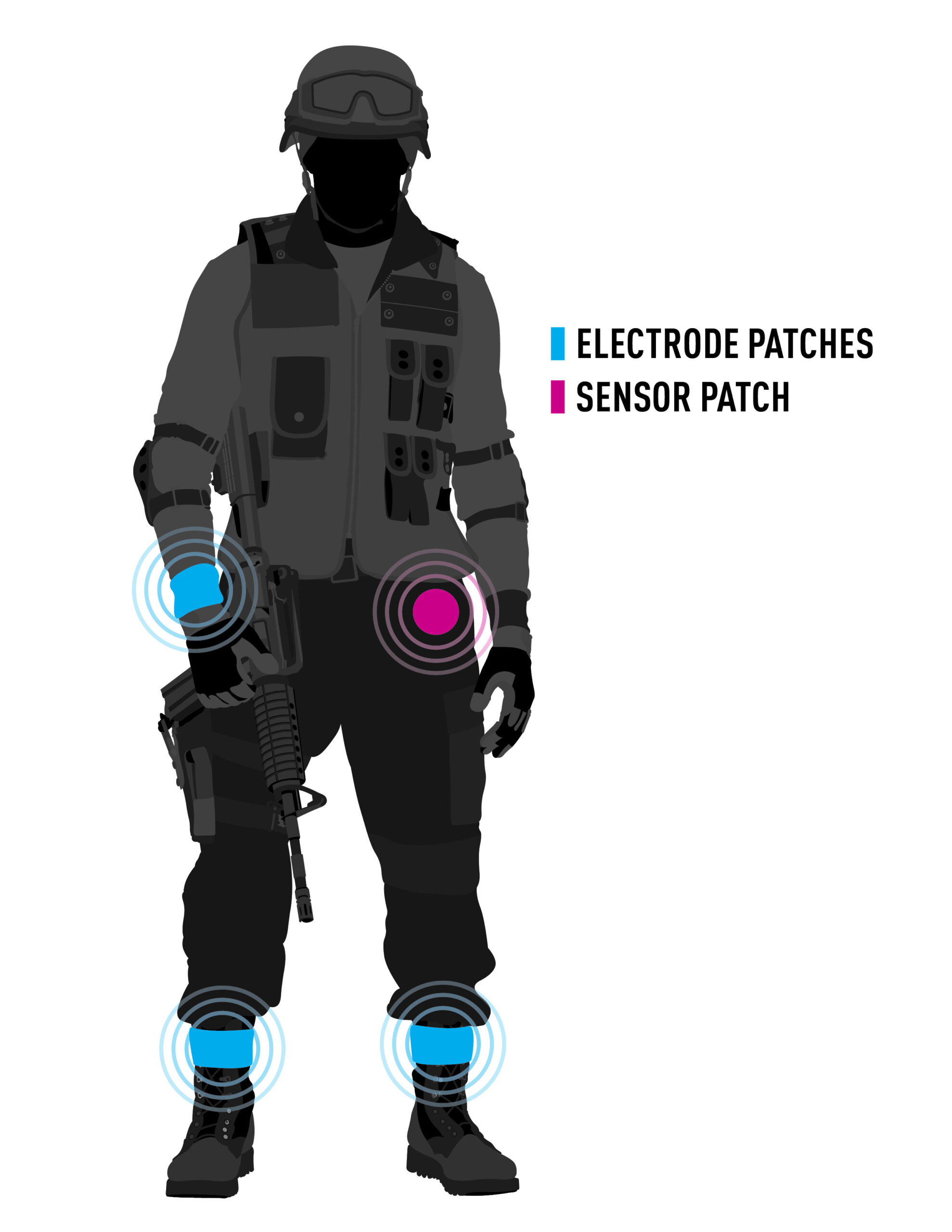
Electrode/patch system monitors physical & mental health of soldiers
University at Buffalo professor Albert H. Titus, Sentient Science, and ONR are developing technology to monitor physical and psychological stress levels of soldiers, and send alerts when distress is detected. The wireless system includes electrodes that measure heart rate, brain activity and other vital signs, and are attached to the skin adhesively or sewn into…